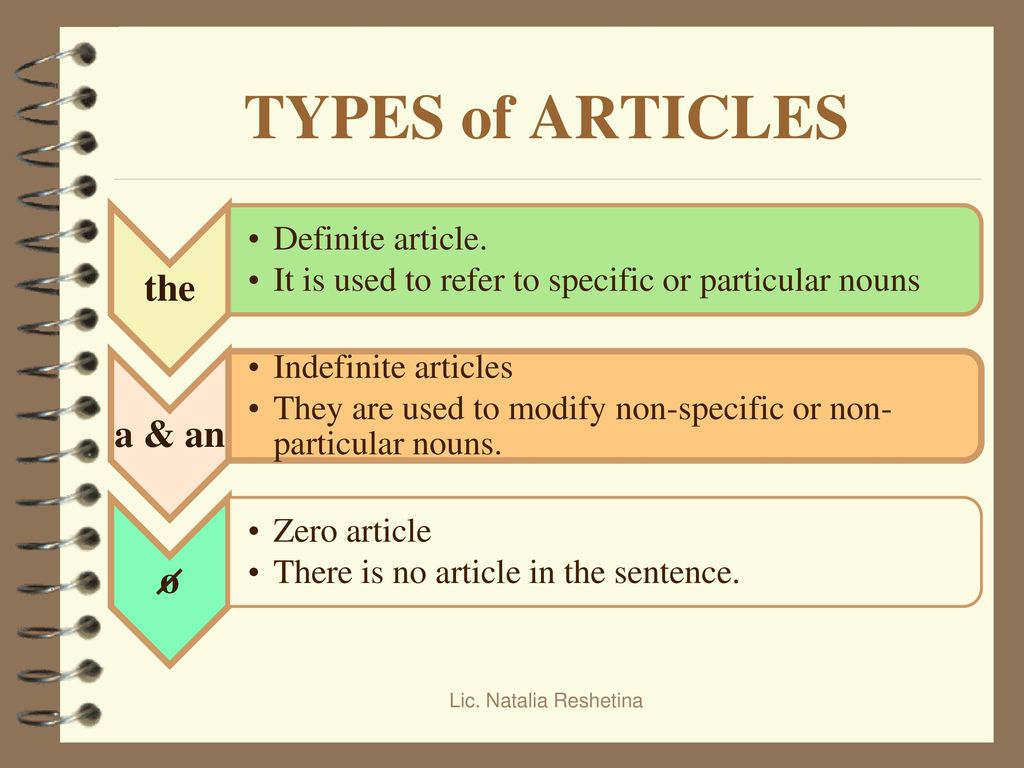The Ultimate Guide to Crafting Compelling Content with articles
The Ultimate Guide to Crafting Compelling Content with articles
Blog Article
Exactly How Articles Contribute to Quality in Composing
The usage of write-ups is often forgotten, yet their effect on clarity in creating can not be downplayed. Precise and indefinite articles offer distinct features, assisting the reader towards a nuanced understanding of the message. While "the" suggests uniqueness, "a" and "an" unlock to brand-new ideas. Abuse of these posts often leads to obscurity, ultimately covering the author's intent - articles. Understanding the nuances of post use is essential for attaining clarity, however what details strategies can authors utilize to harness their complete possibility?
The Function of Articles
By assigning nouns as definite or uncertain, posts assist the visitor's understanding of the subject matter, identifying between recognized and unknown entities. The certain article "the" indicates a details noun, while the uncertain posts "a" and "an" suggest a basic or non-specific referral.
Incorporating posts properly enhances the comprehensibility of creating, permitting writers to communicate their designated definitions with better accuracy. articles. Misuse or omission of posts can cause uncertainty, triggering confusion for the reader. Stating "I saw canine" does not have clearness and uniqueness, whereas "I saw a pet dog" or "I saw the canine" shares distinctive definitions.
In addition, write-ups add to the rhythm and flow of sentences, affecting readability. A strong understanding of post usage is essential for effective communication, making certain that the subtleties of significance are maintained and the message is provided clearly.
Sorts Of Articles
Comprehending the various types of short articles is basic to understanding their usage in composing. The certain post "the" specifies a certain noun that is known to the visitor.
In contrast, indefinite write-ups, such as "a" and "an," refer to non-specific nouns. When one claims "a book," it suggests any kind of publication, not one specifically. This usage is important when presenting brand-new ideas or products to the discussion, as it supplies a basic framework without constraining the viewers to a certain recommendation.
Additionally, articles can likewise share subtleties such as amount and uniqueness. "an apple" suggests any apple, while "the apple" may suggest that it is the only apple in the context. Understanding these distinctions permits writers to successfully manipulate short articles for greater quality and accuracy in their interaction.
Articles and Specificity

Alternatively, indefinite short articles like "a" or "an" present nouns in a more general feeling, suggesting that the noun may not know to the viewers. For instance, "a publication" recommends any type of publication, leaving the specifics open to interpretation. This difference is vital for effective writing, as it affects just how details is communicated and understood.
Typical Mistakes With Articles
Quality in composing can usually be endangered by common errors with articles. One common error involves the abuse of guaranteed and indefinite posts. Utilizing "a" rather of "the" can lead go to this website to ambiguity, recommending that the noun is one of numerous rather than a certain entity. Conversely, omitting a short article entirely can render a sentence awkward or uncertain, as in "She is educator" as opposed to "She is an educator."

Improving Clarity Via Articles
Efficient communication hinges on the specific use of posts, which can dramatically improve clarity in creating. Articles, including "a," "an," and "the," function as indications that direct viewers through the message. Their right application not only makes clear which noun is being referenced yet likewise establishes useful link the specificity and generalization of the subject matter.
Making use of precise and uncertain articles suitably can help prevent ambiguity. Regular usage of posts contributes to the general circulation of creating, enabling for smoother changes between concepts.
In academic and specialist writing, clarity is critical. Misuse of write-ups can lead to misunderstandings and misinterpretations, taking away from the writer's credibility. As a result, authors need to pay careful focus to article usage, as this small yet powerful facet of language can considerably enhance the clearness of their communication. Eventually, the effective use of posts changes composing from mere words right into a systematic and accessible message.
Conclusion
Finally, write-ups are essential devices in composing, significantly improving quality and precision. The appropriate usage of definite and uncertain write-ups enables effective communication by identifying in between particular and basic recommendations. By understanding and using the guidelines regulating write-ups, writers can reduce ambiguity and enhance the general readability of their job. Proficiency of post usage eventually contributes to an extra coherent and appealing creating style, promoting far better understanding for readers.
Report this page